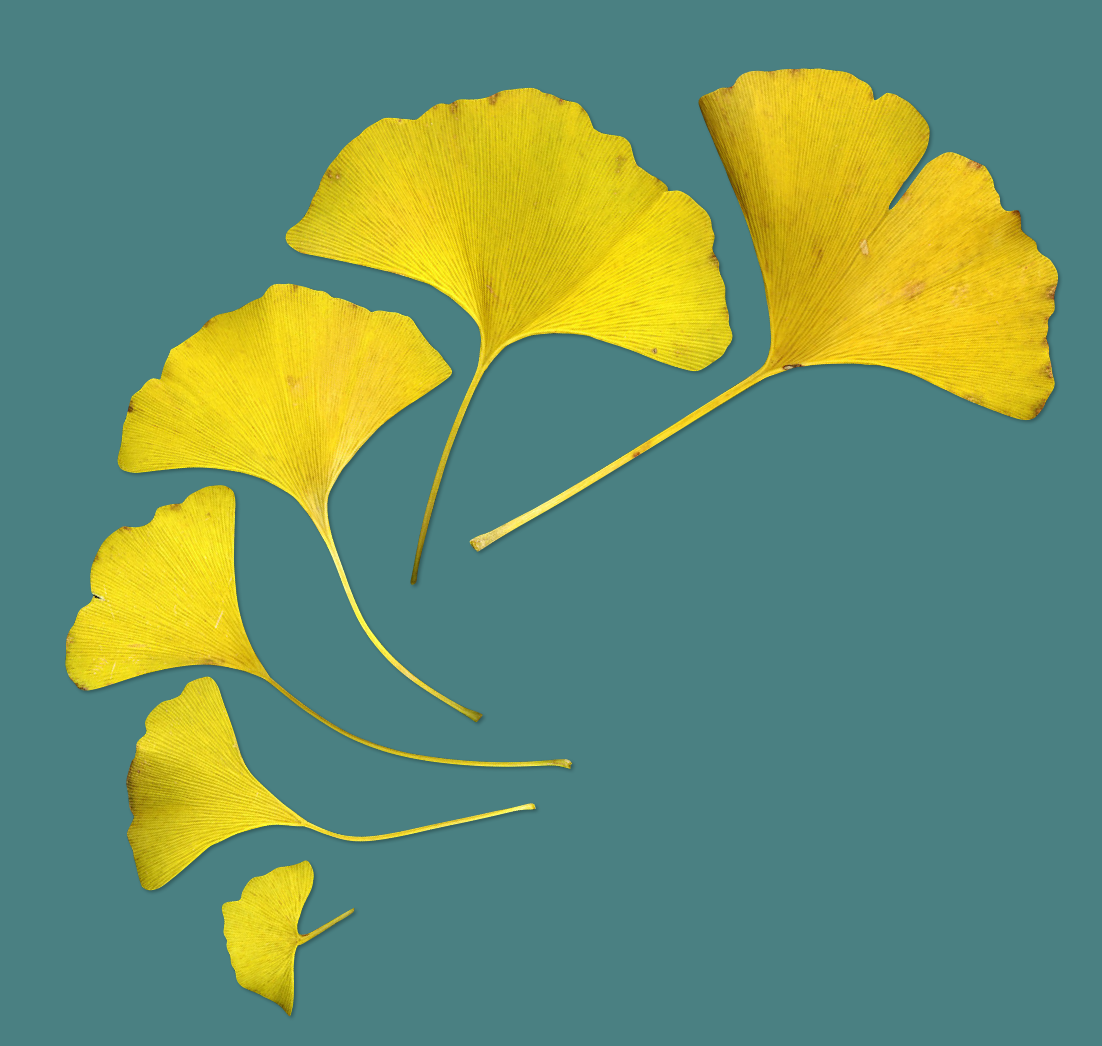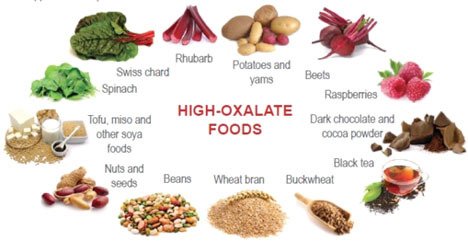Chronic Pain
Chronic mid-life pain conditions
Are you somewhere in mid or later life and getting more joint pain, muscular pain, and related fatigue? In my 40s I started to develop chronic joint and muscular pain so it’s been an area of personal interest for me. I have found that doctors don’t always know how to diagnose these types of conditions, leaving many people frustrated.
Even if you do get a label from a medical professional such as fibromyalgia or rheumatoid arthritis, they may not be able to do a lot to help after that. The incidence of chronic pain diseases is increasing, but so far, not much gain in effective treatments.
Most of these conditions if not all, involve inflammation. Inflammation is an important cascade of functions the immune system establishes to heal an area damaged by infection, physical damage or toxins. For example, when you sprain an ankle or cut yourself or get a splinter in your finger, you will note that the area often swells with extra fluid and/or gets red. This is not generally a problem and is part of the healing process.
However, chronic inflammation as a response to poor diet, stress, pathogens and environmental toxins can become a problem in itself, and nowadays is a primary factor behind many chronic conditions. Inflammation can lead to pain, swelling, and the constancy of chronic inflammation can be exhausting but also make it difficult to get good sleep. So inflammation is a common underlying symptom of most joint and chronic pain conditions, although not necessarily the cause. Why does the body react with inflammation in the first place?
Viral Infections
There are various infections which can settle in the joints or other tissues and cause inflammation.
For example Ross River or Bamah Forest Virus, the most common mosquito -borne viruses in WA, are well known to cause inflammation and pain. Symptoms can vary person to person but include painful and/or swollen joints, sore muscles, aching tendons, swollen lymph nodes and sometimes extreme fatigue. While some people recover within 2-6 weeks others can still have symptoms a year later, and perhaps much longer. Years later it is not always easy to trace chronic pain or a flare up back to such an infection.
One good thing about the current Covid virus is that because of the condition of “long Covid” more research is now being done into the chronic lingering effects of this virus in particular, but by association, viruses in general are being more widely acknowledged as causing these types of chronic pain and fatigue syndromes. This should help people suffering from these conditions be taken more seriously and not told it’s all in their head, as has often happened in the past.
Epstein Barr Virus (EBV), which over 98% of people have in their body by the age of 40, causes what is known as known as Glandular Fever in Australia. It is another virus which can potentially cause bodily pain. EBV is in the Herpes family. While acute EBV infection is self limiting for most people, it does sit in latency in the body for life after infection, and much research has gone into whether or not it can cause issues such as joint pain later.
Anthony Williams, known as the Medical Medium, has built a whole health treatment protocol around his belief that many modern chronic conditions have their roots in past EBV infection. He does not use scientific literature to back up his claims, but some of what he claims is in alignment with scientific research into EBV. He says that the body never attacks itself, and autoimmune conditions are an attempt by the immune system to rid itself of EBV lodged in tissues. However, despite being popular, we only have his belief and anecdotal evidence and he has a clear profit bias in his business model.
EBV is currently associated with rheumatoid arthritis, lupus erythematosus, multiple sclerosis, Hashimotos, other autoimmune conditions, chronic fatigue syndrome, fibromyalgia and other chronic pain conditions. That doesn’t mean it is the only cause of these sorts of conditions- many people with these conditions do not have higher levels of EBV DNA in their blood. However, it is one association and may be a factor for some people.
There are other viruses that are associated with chronic pain conditions, such as parvovirus B19, hepatitis A, B and C, HIV and coronaviruses. These viruses have all been linked with triggering arthritis in some people.
Bacterial Infections
Lyme disease is the number one disease associated with chronic pain amongst other symptoms. It is caused by the bacteria Borrelia burgdorferi, and transmitted to humans via certain ticks. Lyme is a serious condition which can travel to the joints, heart and nervous system including the brain. Other symptoms include fever, headache, fatigue, and a characteristic skin rash called erythema migrans. While Lyme Disease is not particularly recognised in Australia, there are other, often poorly understood “Lyme-like” conditions that can be transmitted by bacteria from a tick or other insect bite, which are acknowledged here.
Staphylococcus aureus is the most common bacterial infection which commonly lives on even health skin, and can travel opportunistically via a skin or urinary infection, through the blood stream to the joints.
Autoimmune conditions
Common autoimmune conditions which affects the joints and can cause chronic pain syndromes include:
Rheumatoid arthritis
Hashimoto’s thyroiditis
Scleroderma
Systemic lupus erythematosus
Likely Fibromyalgia.
I have Hashimoto’s and can definitely contest to its effects on my joints and muscles, causing chronic low level but debilitating pain for over a decade. Many people have it much worse than I did.
Rheumatoid arthritis, another autoimmune condition, is also known to be very debilitating and painful for many people.
The current understanding of Fibromyalgia is that “the symptoms in fibromyalgia syndrome (FMS) are caused by antibodies that increase the activity of pain-sensing nerves throughout the body. The results show that fibromyalgia is a disease of the immune system, rather than the currently held view that it originates in the brain.”
Often, autoimmune conditions come in clusters and having one makes it more likely that you will be diagnosed with more.
Menopause
The peri-menopausal and post menopausal years are a common time for chronic pain syndromes to manifest. Women with menopause symptoms are almost twice as likely to have chronic pain diagnoses, such as fibromyalgia, migraine and back pain. The current medical understanding is that oestrogen moderates inflammation and the dropping levels of oestrogen at this time of life allow inflammation to arise. Also, oestrogen helps the body build collagen, and when oestrogen drops, the collagen in connective tissues is not maintained or built as effectively (hence, ageing skin as well). Declining levels of progesterone are also implicated, and many women have found that a progesterone supplement has helped with joint pain.
Women also tend to develop a heightened sensitivity to pain at this time of life, and are often diagnosed with fibromyalgia. However it can be difficult to diagnose women’s pain conditions and they often go to multiple doctors and receive multiple diagnoses or dismissal. This is really a sign of how poorly the medical profession understands these conditions.
Dietary sensitivities
It is important not to take on food restrictions that are unecessary because a restricted diet can easily lead to nutritional deficiencies. However, sometimes we find that certain foods do make pain worse. For some people, nightshade foods such as tomatoes, potatoes, capsicum and eggplant can flare up joint pain. For others it makes no difference. So check for yourself before restricting your diet long term.
Gluten is unfortunately a common sensitivity that can make inflammation and pain conditions worse, especially for those with autoimmune conditions, particularly Hashimotos. Often people do know if they are sensitive to gluten by digestive symptoms, however it can cause inflammation even without digestive symptoms. For myself, despite not getting any gut symptoms from eating gluten, it tends to flare up joint pain after some time, so I just avoid it.
Oxalate sensitivity was a key understanding that helped my quite severe pain flare up in my early 50s. My chronic pain had reduced over recent years to a very manageable level, but suddenly, as we moved house, the pain became debilitating and quite extreme. I went to the doctor and got all the blood tests for Ross River, Rheumatoid Arthritis etc as it was quite an acute flare up. Nothing showed up so I was sent away, feeling like a hypochondriac.
It is common for women to be dismissed at medical appointments for these issues, contributing to their distress and the sense that they should just get on with life as no one else can see their suffering, so they don’t feel justified in limiting their activities or continuing looking for underlying causes. However, I didn’t stop there and kept researching.
Eventually I decided to try a low oxalate diet, which I had never tried before. Oxalates are common in many plants along with other not so friendly substances like phytates. Usually we excrete them ok. Oxalate sensitivity, having low levels of the enzyme oxalase, or eating high levels of oxalate containing foods is associated with joint pain and when I looked at my “healthy” diet, it was full of high oxalate foods……lots of spinach and leafy greens, soy milk, almonds, potatoes, berries, quinoa, sweet potatoes, chocolate etc. (Wheat is also high oxalate). And, I had quit dairy years before, because of other health advice and the common misconception that dairy is not a healthy food. I drank soymilk instead, which is high in oxalates (so is almond milk).
Dairy contains calcium and my diet was lowish in calcium for years. Calcium binds with oxalates in the digestive system and stops the oxalates from being absorbed into the bloodstream- where they can then settle in joints causing joint pain. Calcium helps get them out of the body. Hence why many high oxalate foods were traditionally eaten with dairy.
Within 3 days of going on a low oxalate diet, and bringing dairy back into my life, my joint pain was 90% better. I knew I was onto something- for my body. Ever since then I have eaten dairy daily and can now tolerate a reasonable amount of oxalates, though I am still a bit careful.
So, you can see there are many possible causes to joint pain and chronic debilitating pain in middle age. I have not covered them all by any means but more focused on potential underlying causes.
It is important to realise every one’s body is unique, and you may have a unique mix of causes! While general advice may help somewhat, sometimes it can be detective work to uncover underlying causes, especially when they are complex and interconnected.
However, other than for normal degenerative osteo arthritis, inflammation is common to most chronic pain conditions and that is one place to start. How to lower inflammation?
Treatments
Heal the gut with a good diet and possibly some supplements.
A good diet is usually high in fruit and vegetables. However, you might need to cook your vegetables to lower levels of phytates and oxalates and make them easier to digest. Many people have found a “plant based diet” has worsened symptoms, others find it helps. I personally find nowadays I eat less vegetables than I used to, and more fruit which I digest well. And I eat most of my vegetables well cooked.
Some people are finding a carnivorous diet helps their symptoms, but I am not a fan of extreme diets nowadays and even if it helps short term to remove inflammatory factors from the diet, it is not a long term or sustainable solution for most people.
Healthy fats and oils, mostly saturated (butter, coconut oil, animal fats from animals who are grass fed) and a good balance of omega 3 fatty acids (anti-inflammatory) to omega 6 fatty acids (inflammatory). This is a big topic in itself. Some people find relief with fish oil supplements- but check for yourself, they never helped me.
Good quality protein, preferably from animal sources. Include a range of animal based proteins- seafood such as oysters and prawns, meat cuts containing gelatin, bone broth. Collagen and gelatin are great for joint health.
Dairy, if tolerated. According to multiple studies in this literature review and this one, dairy is an anti-inflammatory food UNLESS you are allergic to milk! It is also an excellent source of protein, especially if you eat little meat.
If your inflammatory joint pain has any autoimmune components, it can be beneficial to abstain from all gluten containing grains as gluten can trigger inflammation in people with autoimmune conditions, especially Hashimoto’s, which has a significant association with coeliac disease.
Apart from diet, hot and cold water therapy can be very beneficial for joint pain and chronic pain conditions. My own pain has always responded well to cold water therapy- not extreme Wim Hof style ice baths, which are too extreme for my body. But finishing a warm shower with a minute of cold tap water helps significantly. For many, swimming in the ocean all year round, or cold showers, is very helpful at lowering overall chronic pain levels. However, it takes a certain vitality for the body to respond well…and it builds vitality when done properly. Starting with just hands or feet in normal cold tap water, can help build tolerance and has been shown to have a positive effect all over the body, as long as the body doesn’t get chilled.
Hydrotherapy is a traditional Naturopathic therapy popularised by Sebastian Kneipp in the late 19th and early 20th centuries, now backed with scientific evidence of benefit. There are some guidelines here if you wish to dive deeper into this type of therapy for joint pain, which I do recommend. However, you can also keep it simple.
Topically, arnica cream or lotion is the traditional European pain receiving and tissue healing herbal remedy for specific areas. However nowadays there are also many Chinese balms and other joint pain relieving products on the market, and it can be worth experimenting with what works for you and apply regularly.
Massage can certainly be helpful to manage symptoms of chronic joint pain, but deep tissue massage may be counter productive and make things worse for those who have a heightened sensitivity to pain, such as with fibromyalgia. A more gentle massage can be more beneficial for them. However, go with what feels good for you.
Chiropractic, acupuncture and yoga are all avenues worth exploring as a wholistic, multi faceted approach is usually needed.
There is a lot of research nowadays around chronic pain management, and one of the most effective techniques is Cognitive Behavioural Therapy (CBT) for pain management. It is usually used in combination with other therapies, and the evidence is very high quality for its benefit. CBT teaches life skills and empowerment, so that pain does not rule your life.
In fact, one of the most important things with chronic pain, for most people, is that while rest is important, so is movement, and not letting the pain rule your life and stop doing the things that you love. Keep doing things that make your life worth living. Once pain gets the upper hand, you can find yourself in a negative mental health spiral. CBT can be very helpful for the mindset around chronic pain issues, and this can also improve your overall quality of life, even with pain.
I hope there have been some helpful pointers and information in here to support you whether you or a loved one is struggling with chronic joint or other pain. This is an area that I specialise in, along with the CBT, behavioural side of pain management. Feel free to get in touch.







